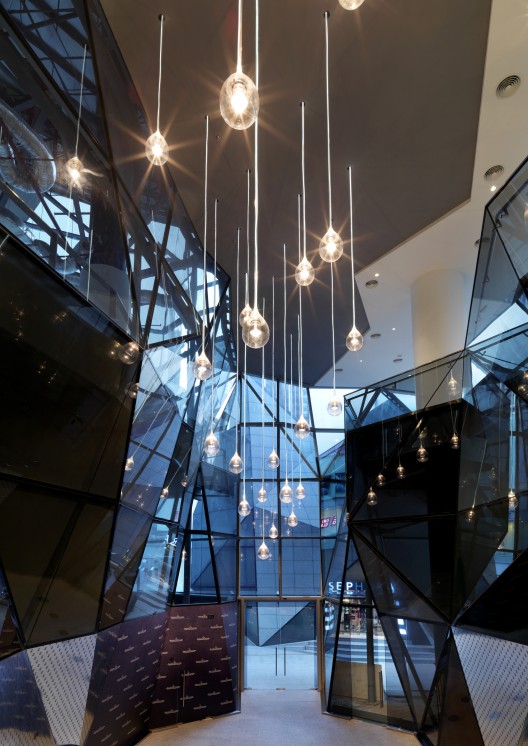Towers
Doha, Qatar
Tall buildings will continue to play an important role in the functioning of major urban milieu, providing that they can be specified and procured on an economic basis to ensure commercial viability. Tall buildings should continue to command premium rents and will play an important role in providing variety and high quality accommodation. The ability of tall buildings to provide residential and mixed use accommodation will improve their attractiveness to developers and investors in giving scope for risk management and diversification.
The Tallest Building - Tower in Qatar
Dubai Tower Doha
This skyscraper would be the tallest building in the country at 437.1 meters tall when completed. Currently, the construction of the building is on hold, the construction was started in 2007. The building has been designed by Robert Matthew Johnson Marshall (RMJM) architects. The building is designed to have 91 floors above ground with 40 high speed elevators to ferry people to and from these floors. The cost of constructing Dubai Towers Doha is estimated to about $275 million. If and when completed the Tower will have as many as 80 retails units, 304 apartments, and a 120 room 5-star hotel as well.
 |
| Aspire Tower Doha |
Also known as the Torch-Doha standing at 300 meters is the tallest building in the country. The Tower was designed by the renowned architect Hadi Simaan. The Torch was at the centre of attention during the 15th Asian Games, which Qatar hosted in 2006. The Torch Doha housed the Asian Games flame, the flame was visible across Doha through the entire duration of the games. The Torch was completed at a cost of €133,395,000 in 2007 and consists of 51 floors, 17 elevators, and a total area of 35000 square meters. The Torch Tower was converted into the 5-star rated Torch Hotel in 2011 and given its center location it quickly became a preferred place to stay for business leaders, foreign visitors, athletes. Even European Soccer teams FC Schalke 04 and Paris Saint Germain have stayed at the Torch Hotel. The location of the Torch Hotel is very convenient since it lies in the heart of the Aspire Zone and it also has an air-conditioned walkway through to the Villaggio Mall.
 |
| Barjeel Tower Doha |
Also known as the Al Fardan Residences or Kempinski Residences and Suites, Barjeel Tower is currently the second highest building in Qatar and the tallest residential tower in the country. The building consists of 370 high end apartments in its 64 above ground floors. Barjeel was designed by the Arab Engineering Bureau, the building was completed in 2009, taking just 3 years for completion. The architectural height of Barjeel is 253.3 meters.














.jpg)
.jpg)
.jpg)
.jpg)
.jpg)





















